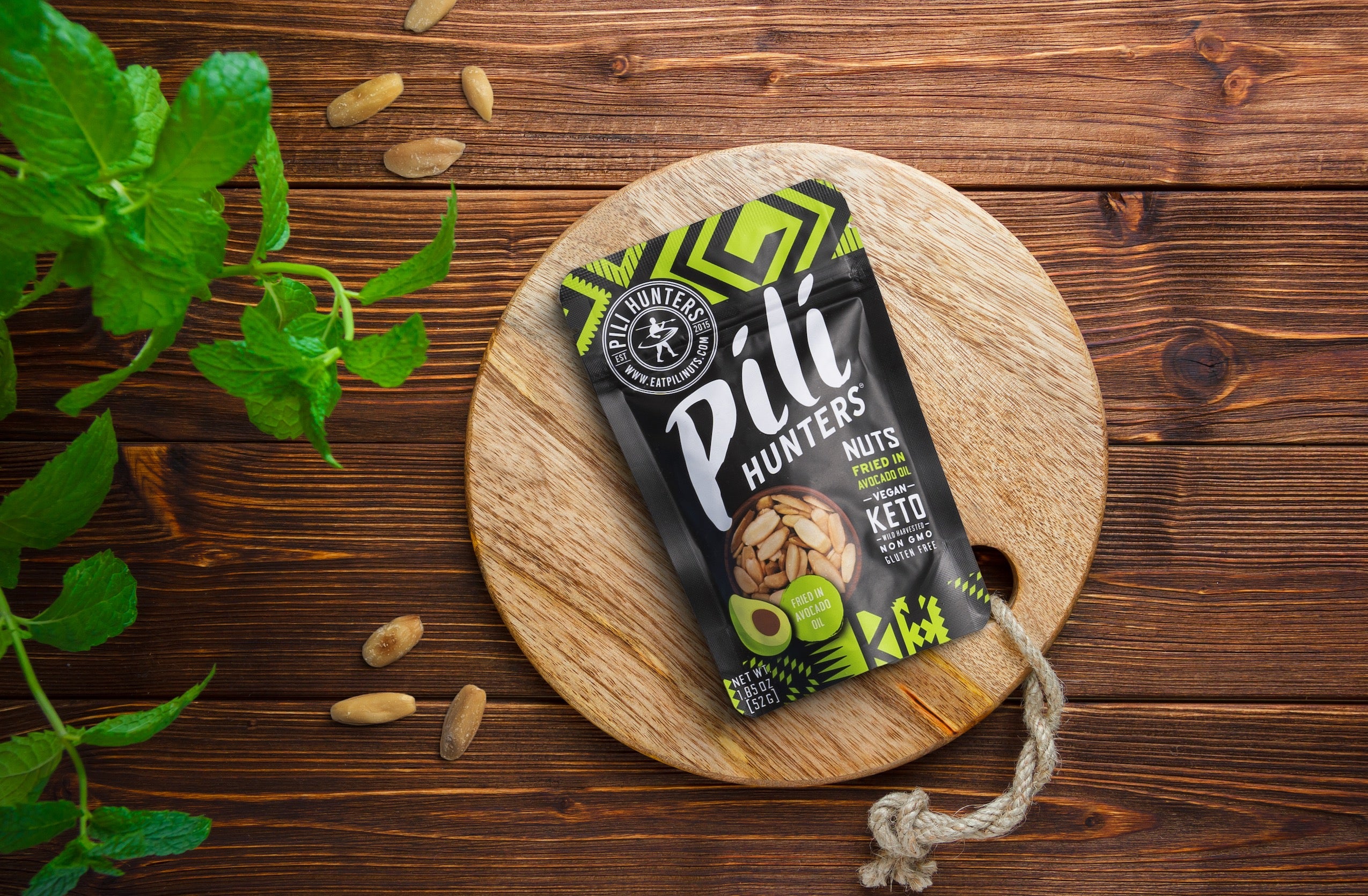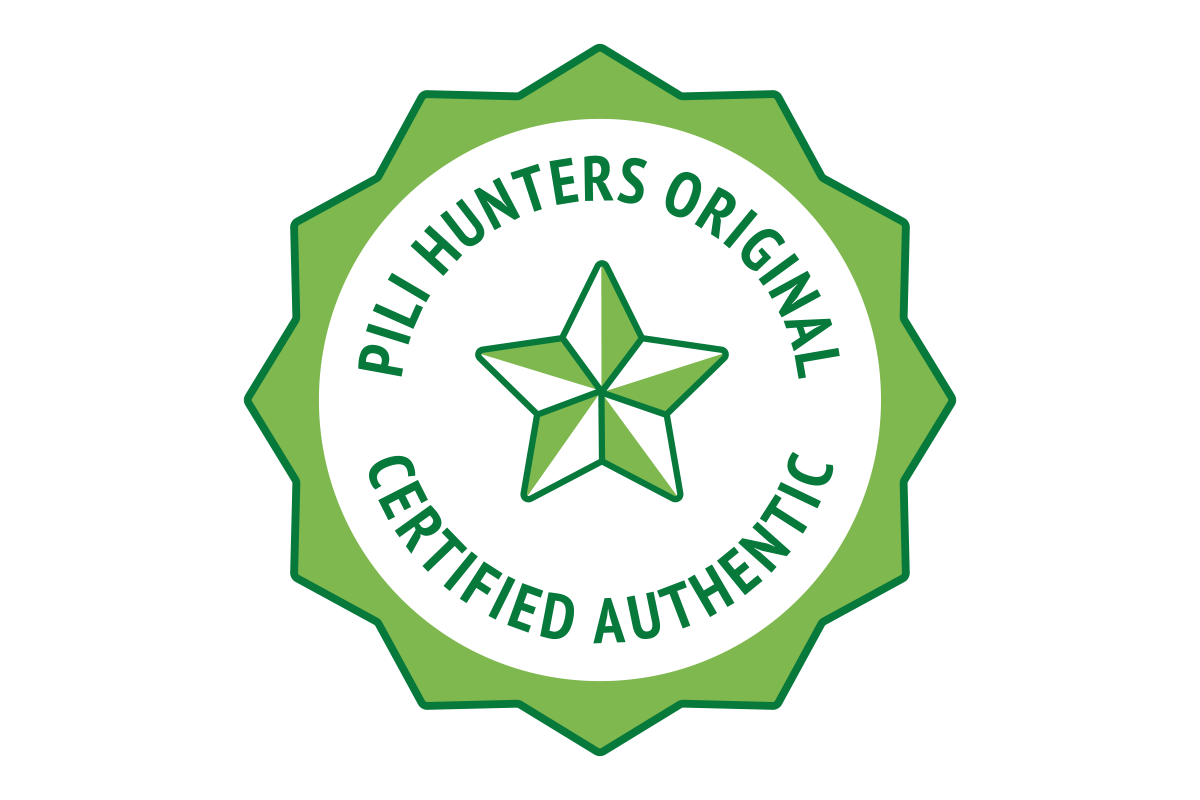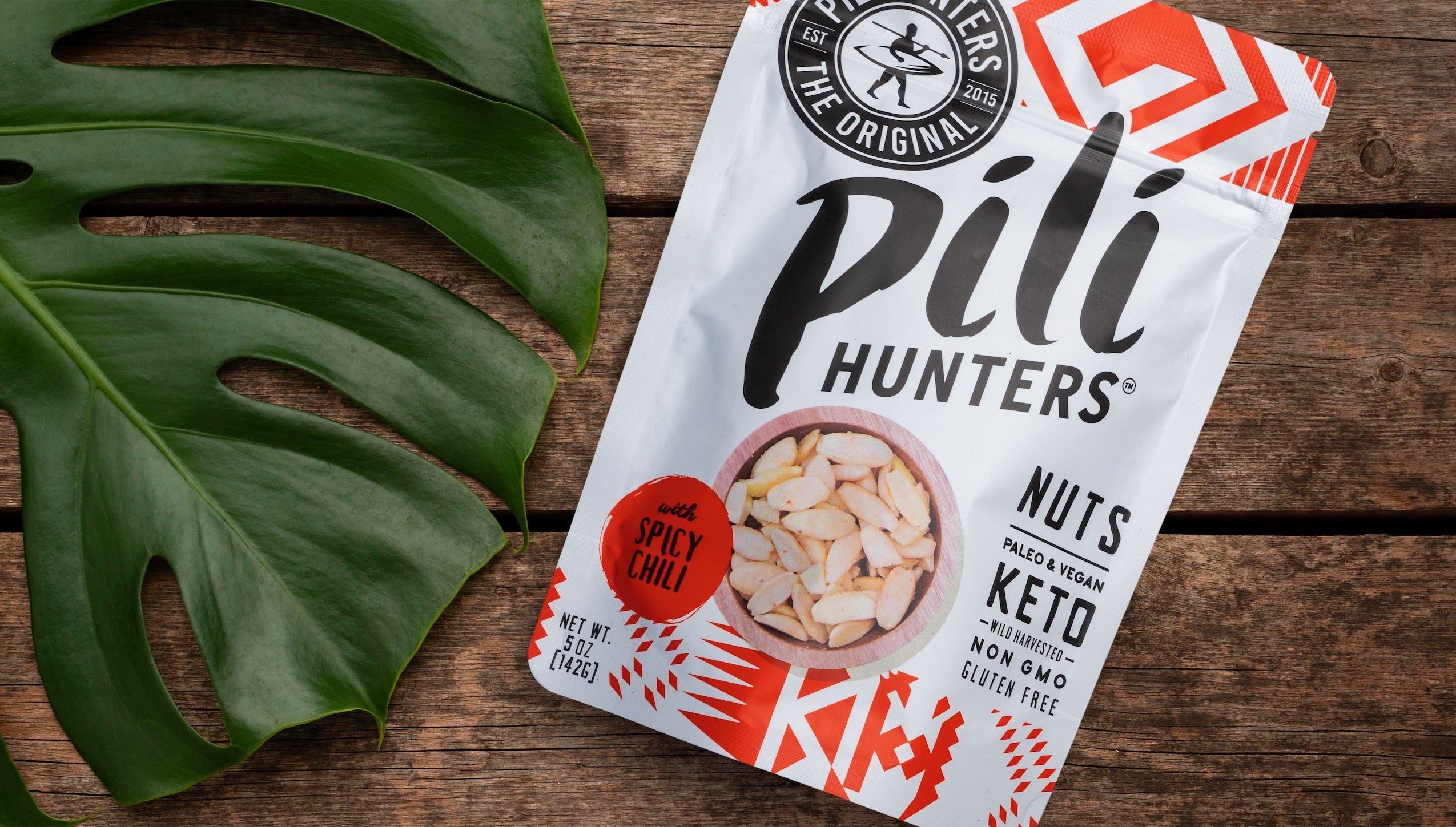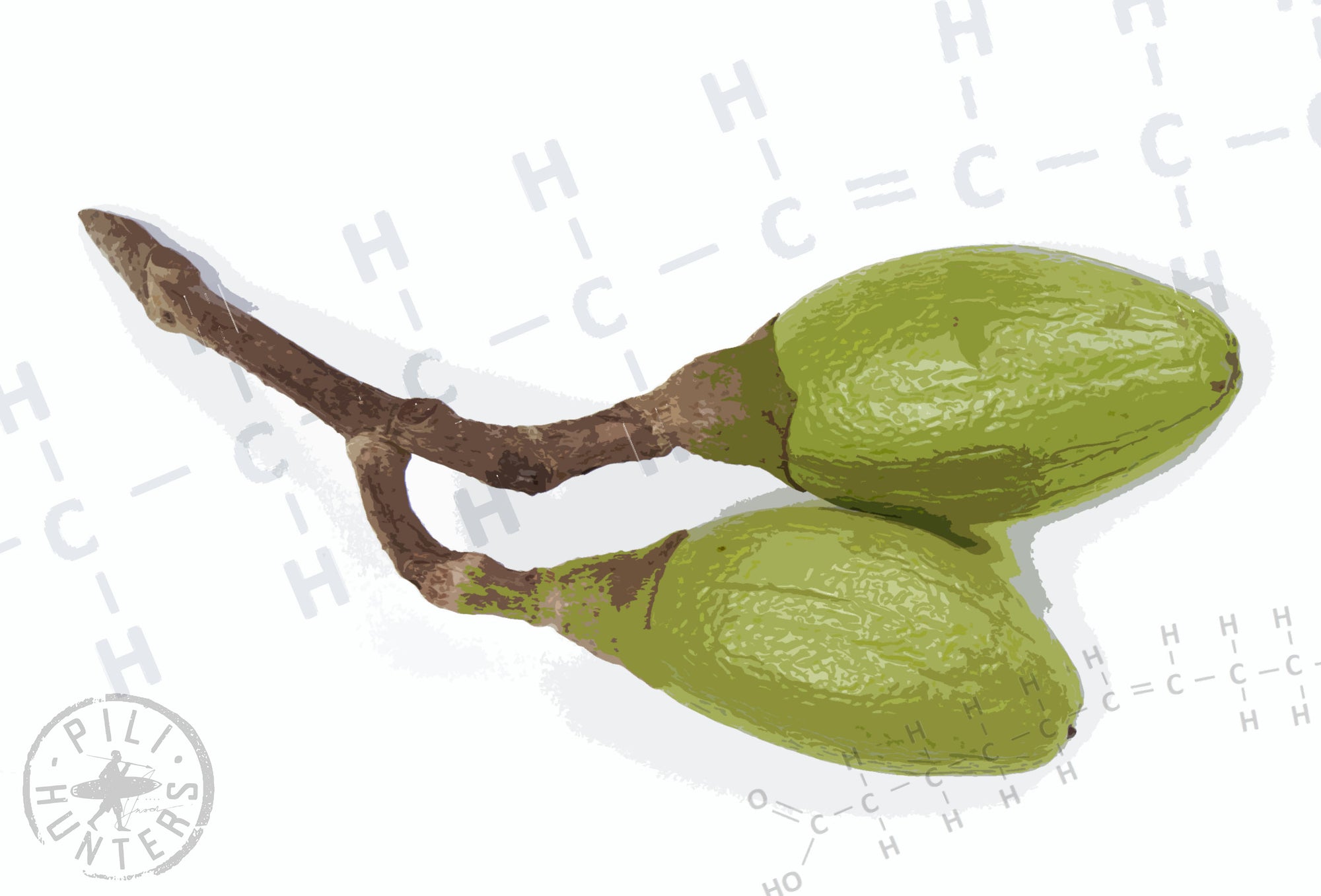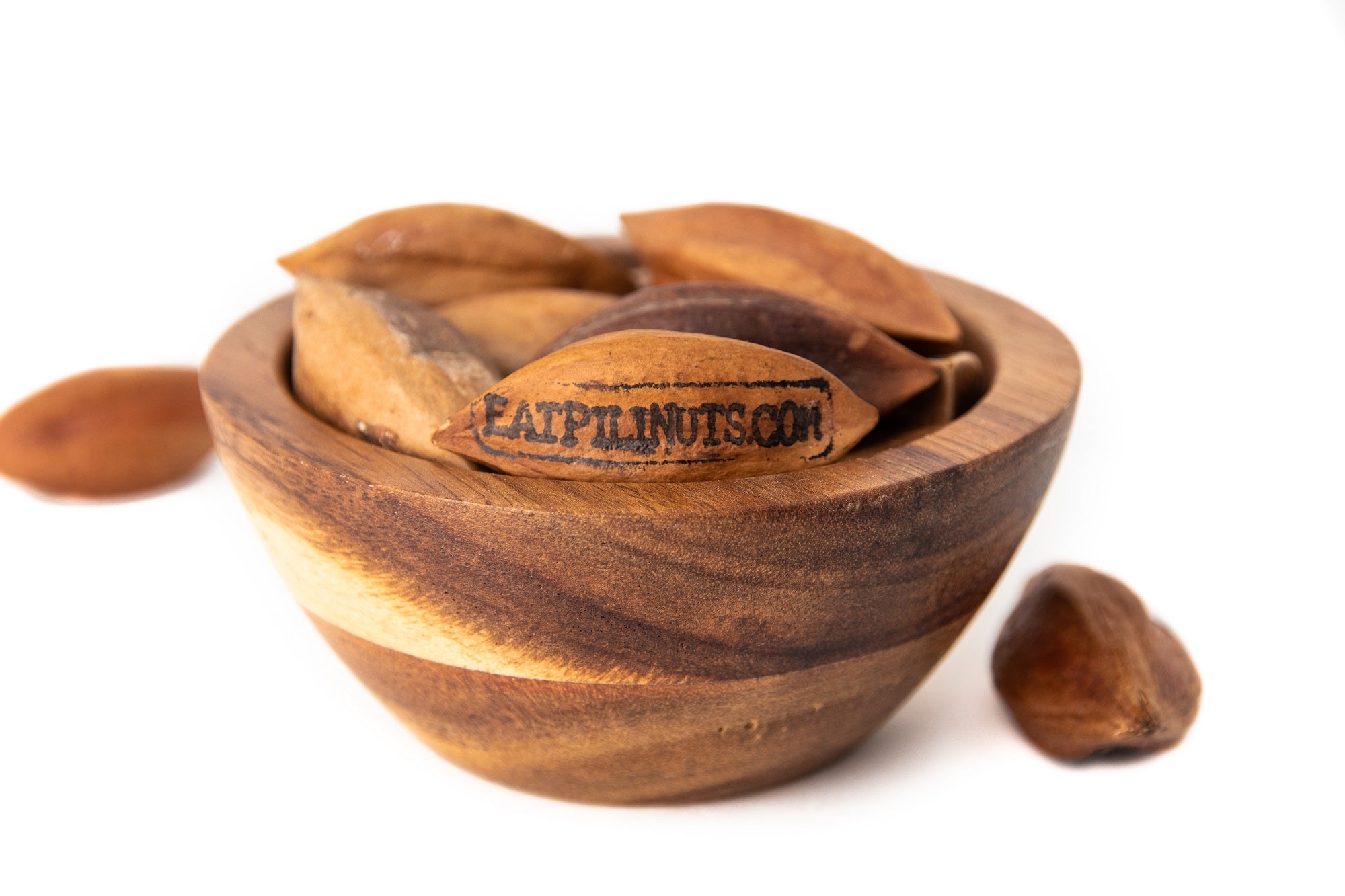One of my newest favorite books (and Netflix mini series) is Salt, Fat, Acid, Heat, wherein author and chef Samin Nosrat breaks down cooking into its essential elements and explains how to manipulate these elements to create a satisfying dish. Balance all four, and you're sure to have a killer dish, whether Indian curry, French bouillabaisse, Mexican chilaquiles or anything in between.
These principles are at work in your favorite keto nut butters and in this article, we'll focus specifically on how your salt choice impacts the flavors of high-fat, keto-friendly nut butters and explain why your everyday salt selection could be more important than you realize.
Why Salt is Important for Flavor
First, we need to take a closer look at the salt we use in our recipes and on the labels of our foods. Adding salt at lower concentrations to foods helps suppress bitterness and enhance sweet and sour flavors (1). It also helps remove "unbound water" helping to concentrate the flavor. The types of salt you use can make a big difference of flavor as well. For example, you can use coarser salts for more immediate, concentrated bursts of flavor, or finer salts that give the whole dish an underlying flavor boost. You can use flake salts to top your dishes and let me tell you, the texture of flake salt is superb on most entree type dishes. When salts are harvested, sodium chloride (NaCl, essentially table salt) isn't the only thing that comes along for the ride. Whatever minerals and other particles in the surrounding area left over after evaporation end up in the final product, too. Often, lots of minerals are added on purpose to enhance and distinguish flavor. Sel gris, harvested in France is a great example; it's rich mineral content turns the salt grey (sel gris simply means grey salt) and gives it a unique flavor much different from basic table salt.
The Problem with Modern Table Salt
While added minerals are great for extra flavor and nutrition, there is a major downside to using some sea salts in this century. Sadly, there's an extraordinary amount of wasted plastics in our oceans to the point where the entire ocean should now be considered polluted. Dr. Ken Berry explains the issue in his 2019 update video here. These plastics are slowly broken down and turn in to microplastics (measured in micrometers), that leach into the water and have detrimental effects on fish populations. These microplastics end up in the brains of fish causing abnormal behavior (2). While more research is needed to fully understand the impact of microplastics in human diets, we do know that these particles can carry other toxins and contaminants with them (3). In 2015, the U.S. banned plastic beads in health and beauty products due to concerns that they enter the water way and negatively impact the sea life (4). Suffice to say, if it's possible, we should take actions to remove these microplastics from our oceans and our lives.
In addition to microplastics, most cheap table salts have additives, like aluminum derivatives and potentially toxic amounts of potassium iodide (5), mainly serving as anit-caking agents and bleaches. Salt is not naturally white as snow nor is it as "pure" as table salt. Table salt has around 98% NaCl so it's not bringing you nearly as many nutrients as a microplastic-free sea salt. Those have closer to 87% NaCl, the rest being an array of trace, essential minerals. You'll also notice that many common salts have added iodine. This is an artifact of a move by the US Government in 1924 when iodine deficiency was an issue in some areas of the country, where local crops did not contain sufficient iodine due to it soil composition. However, today, the vast majority of the population gets enough iodine in their diet and it's simply not necessary to add it to salt, especially since iodine only serves to add a metallic flavor to foods. (6)
One Small Change for Better Health
Despite the potential issue of consuming sea salt that contains microplastics and unhealthy synthetics, there is a small change you can make to keep these plastics and unwanted chemicals from entering your body. Himalayan salts and other salts harvested inland are protected from polluted waters and naturally have a higher mineral content than your basic table salt. For example, brands like Redmond Real Salt procure their salts from ancient sea beds in Utah. So the salt is still considered sea salt but they're from a dried up sea that never experienced 21st century pollution.
Salt + Fat, An Essential Flavor Pairing
So why do salts taste so good in keto nut butters? Fat is the answer. It is extremely important in transferring flavors in foods. Depending on the volatile compounds in the foods, that is, the individual chemicals that emanate from foods that you can smell, fat can slow or quicken how they're released and perceived by your taste buds. For example, some flavors bind more readily to fat molecules and stay in your mouth longer, creating an aftertaste. This results in either suppressed or enhanced flavors depending on what ingredients you use with fat. Vanilla, for example, is enhanced in the presence of fat, making it a smart addition to high fat nut butters.
A Touch of Heat
Finally, the right amount of heat came make a massive difference in nut flavors. Just try a roast hazelnut next to a raw one and you'll see what I mean! Gentle heating allows the trapped oils to seep out and initiates the maillard reaction, allowing amino acids and "reducing sugars" to interact and create a unique flavor profile. (7)
